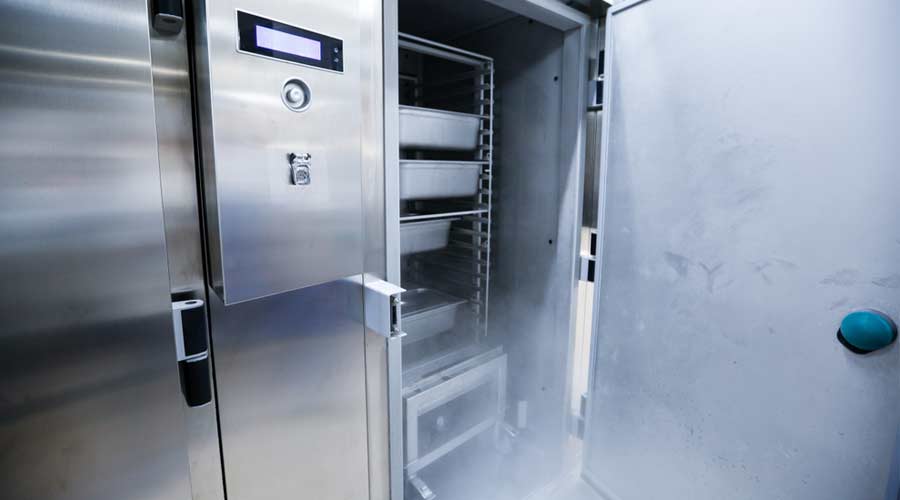
Contributed by ProNatural Brands
According to a March 2023 Forbes article, those that predicted the demise of restaurants during the pandemic were “myopic (short-sighted) in the extreme.” The article concludes that instead of dying, the restaurant industry has bounced back tremendously, with many restaurants busier and doing better now than before COVID-19.
However, that does not mean everything is the same.
The report adds that patrons are far more focused on cleanliness, and according to Hannah Jonasse, at ProNatural Brands, Inc., marketers of citric-acid-based cleaning solutions, “this extends to things patrons do not usually see, such as inside a commercial kitchen refrigerator.”
To protect health, cleaning professionals in the food service industry must know how to properly clean commercial refrigerators. To accomplish this, Jonasse recommends the following ten steps:
1. Set a regular schedule to clean the refrigerator every three months.
2. Before cleaning, unplug the unit; then empty all shelves.
3. Throw away expired or possibly spoiled food items. Remember: when in doubt, throw it out.
4. Fill a bucket with warm tap water and thoroughly wipe the refrigerator’s interior using a sponge; include door seals and gaskets, to remove any lodged food particulates.
5. Wipe the interior using a generally recognized as safe (GRAS) sanitizer or disinfectant. This would include at least one citric-acid-based cleaning solution manufactured using 100 percent, FDA-approved food additives.
6. Remove protective grills and vacuum (brush if necessary) the unit’s air intake, condenser, and refrigeration coils. Further, some commercial refrigerators have filters to protect the condenser. Check filters and replace as necessary.
7. Pull the refrigerator away from the wall, vacuum and then mop clean the floor underneath the unit. Warm water and a GRAS sanitizer is once again recommended.
8. Dust the top of the unit before reinstalling.
9. Dry all just-cleaned surfaces. Drying is essential because pooling water can become contaminated.
10. Plug the refrigerator back in and consider restocking using a color-coded system, designating each shelf by color for different food items — meat, seafood, poultry, or vegetables.
“Also, be sure and clean exterior stainless steel using a citric-acid-based sanitizer,” adds Jonasse. “It leaves stainless clean, shiny, and eliminates contaminants.”

 The Down and Dirty on Cleaning in Virus Season
The Down and Dirty on Cleaning in Virus Season How Surfactant Use is Expanding in Commercial Cleaning
How Surfactant Use is Expanding in Commercial Cleaning